Try these troubleshooting solutions if your iPhone or iPad is restarting randomly on its own, and fix this annoying problem once and for all.
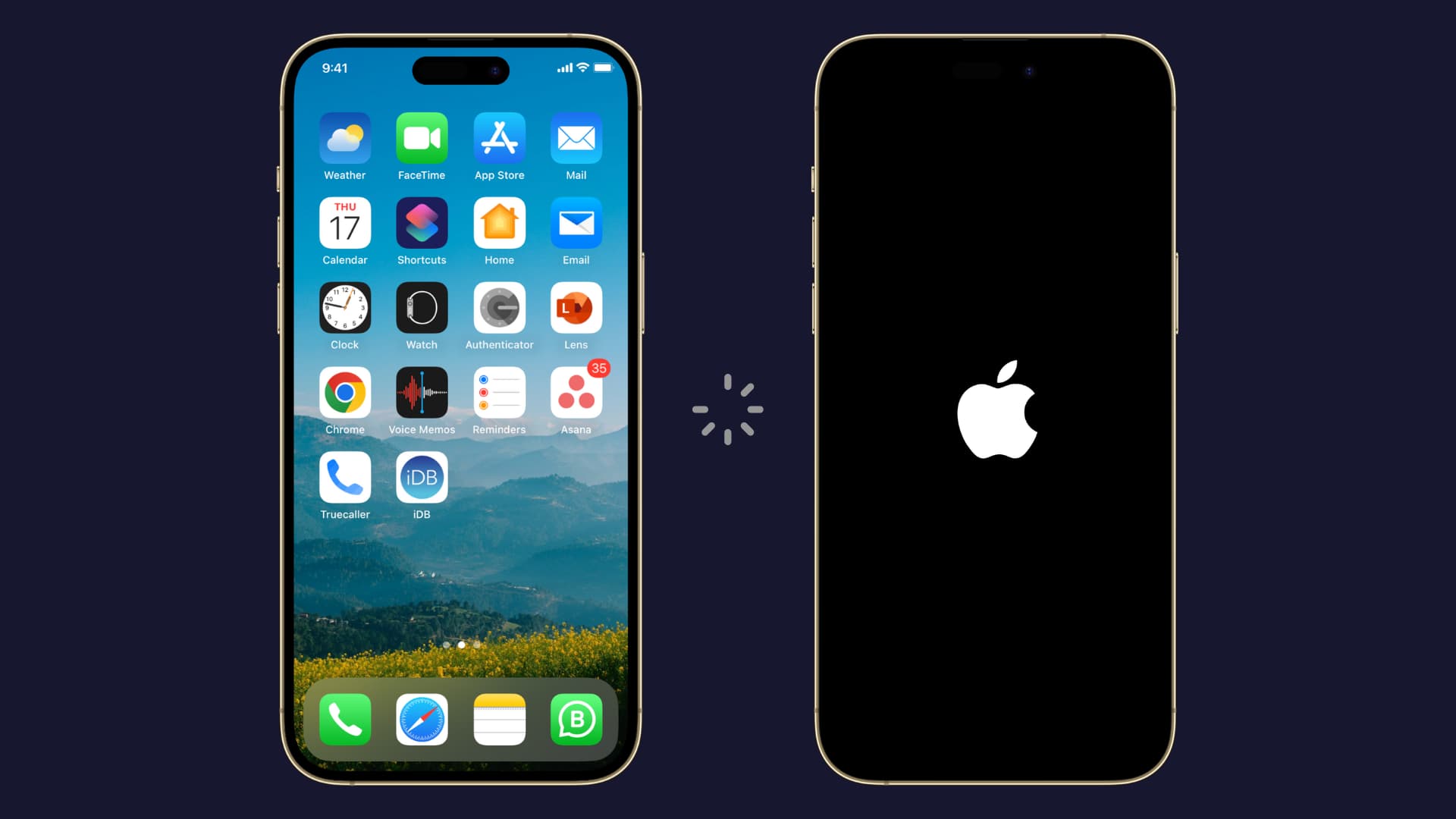
Your iPhone restarts on its own only when a major iOS update is being installed. It shouldn’t randomly restart with no apparent reason or get stuck in a restart loop.
Why does your iPhone keep restarting?
Your iPhone may keep turning off and restarting repeatedly because one of these reasons:
- You have not manually restarted your iPhone in a long time.
- You used an app that causes iOS to restart and refresh.
- Free storage space has fallen below 1GB.
- You’re using a resource-heavy app your old iPhone cannot handle well.
- Poorly coded apps are running on your device simultaneously; iOS isn’t able to manage the RAM properly for them, thereby restarting.
- You’re using an iOS beta on your device, and betas are buggy.
- Your iPhone has an old battery that needs replacement.
- You’ve dropped your iPhone, causing internal damage.
The solutions below should help fix the self-restarting issue on your iPhone.
1. Charge your iPhone for 30 minutes
Because of bugs, or if your iPhone’s battery is old, your device may turn off with only 5% or 10% battery charge left, and then restart automatically. To fix this, charge your iPhone, and it should stop restarting on its own.
2. Is your iPhone extremely hot?
When your iPhone is too hot, you may see a message saying you cannot use it temporarily. The phone may freeze, stop responding to touches or restart continuously in a loop. To address this, let your iPhone cool down. If you’re using a case, remove it to speed up the cooling.
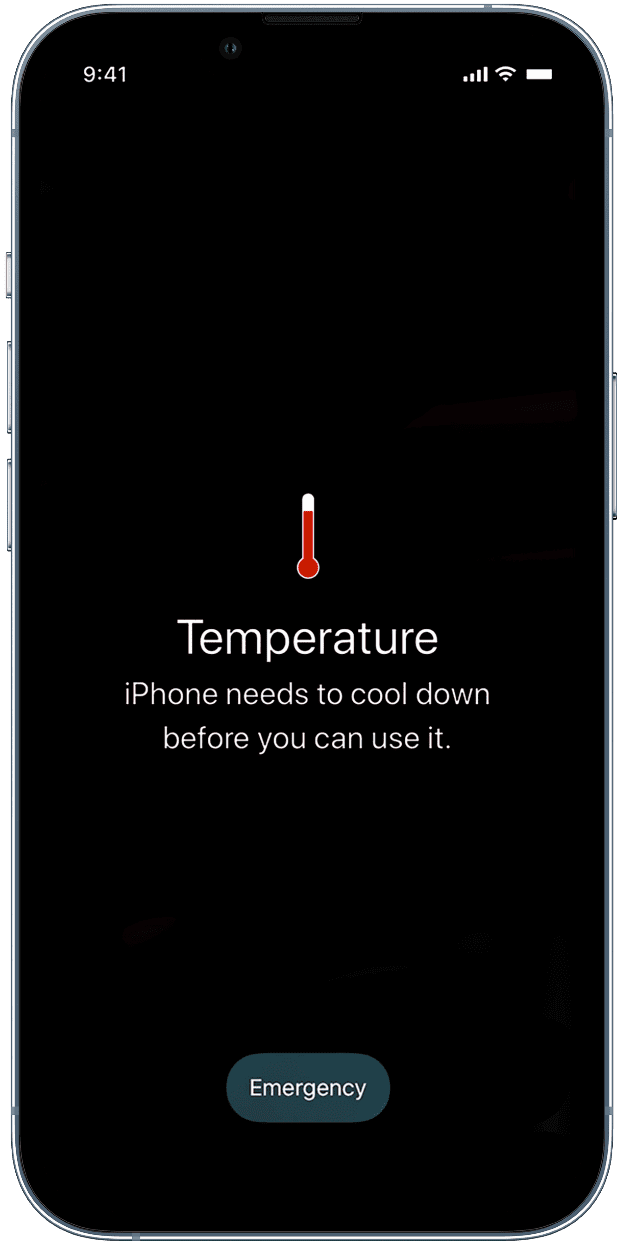
3. Quit all apps and then reopen a few
While your iPhone is a champion at RAM management, sometimes it fails to properly manage a specific app and thereby restarts. To fix this, save your ongoing work in open apps, then open App Switcher and drag the app cards all the way up to close them. Once done, open just a few essential apps.
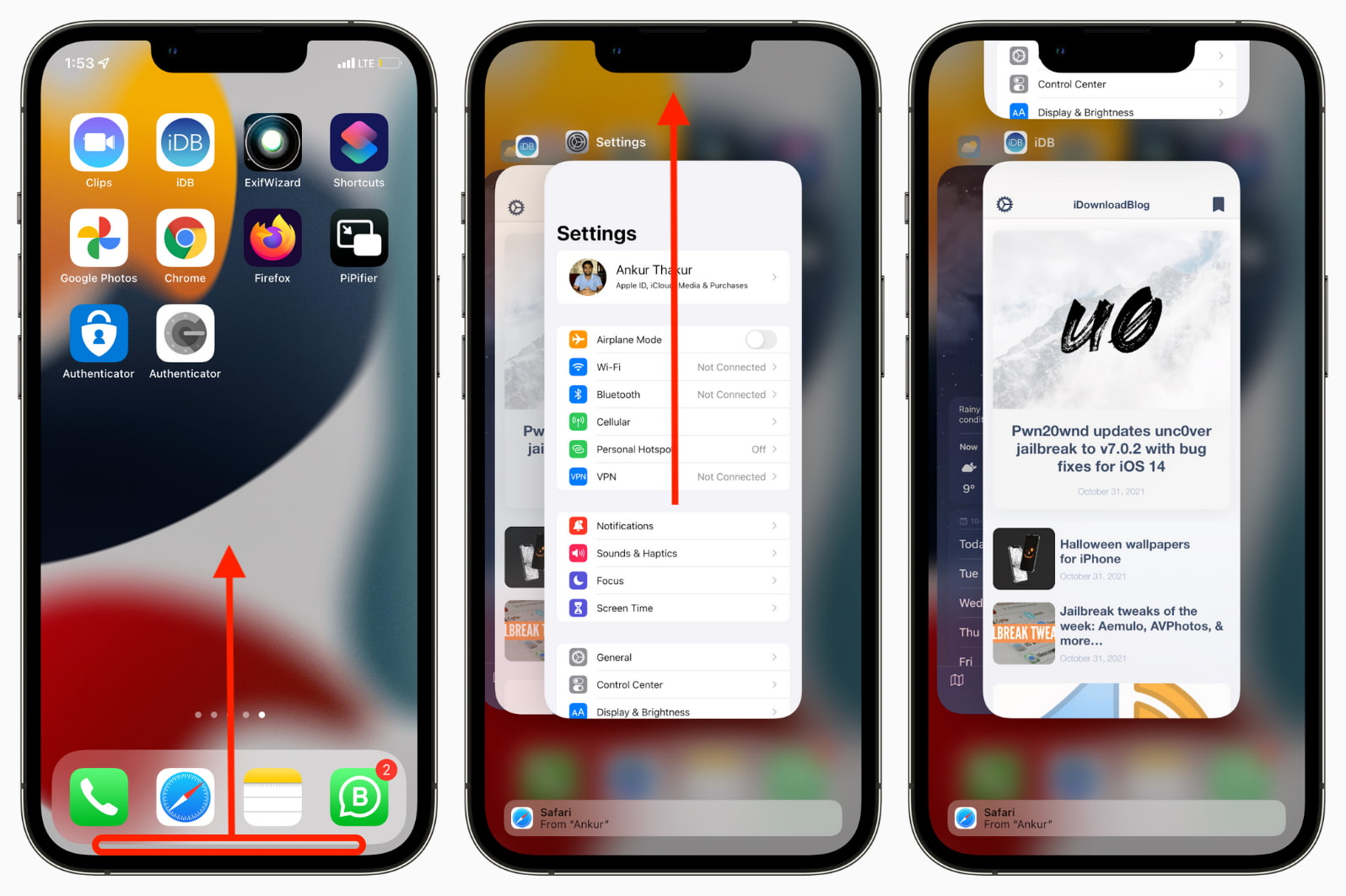
4. Force restart your iPhone
When your iPhone keeps crashing and restarting, force restarting it manually could be one way to fix the issue. Normally, you just turning your off and then back on. The steps to force restart are a little different, so please consult our step-by-step guide explaining how to force restart any iPhone or iPad model.
5. Update to the latest version of iOS
If your iPhone keeps restarting itself, update it to the latest available version of the iOS operating system by venturing into Settings > General > Software Update. You can use 5G, 4G, LTE, or 3G to update your iPhone if there are no Wi-Fi hotspots you can use currently . Just make sure you have enough cellular data allowance.
6. Is iPhone self-restarting because of a specific app?
If your iPhone works fine, but freezes and restarts the moment you open a particular app, be sure to follow our guide that mentions 13 solutions to fix app crashing on iPhone and iPad.
7. Update iPhone apps
If your iPhone restarts randomly quite often, update all the installed third-party apps. Doing so will improve the harmony between iOS and your apps, resulting in fewer crashes and random restarts.
8. Remove useless apps
Is your iPhone’s Home Screen or App Library full of apps you don’t plan on using anytime soon? If yes, consider deleting them.
9. Free up space on your device
Your iPhone may keep restarting frequently if its onboard storage is nearly full most of the time. Free up space by removing unnecessary apps, screenshots, photos, videos, downloaded songs, and documents from the Files app. If you need more ideas to manage storage, look no further than our guide covering 40+ ways to save storage space on iPhone and iPad.
10. Eject and reinsert the SIM card
If you’ve tried all of the tips so far but your iPhone still won’t stop restarting, use the SIM ejector and pull out the physical SIM card from your iPhone (or disable an eSIM, if you have it installed). Carefully wipe the SIM card and then reinsert it. This may stop your iPhone from restarting over and over. All iPhones sold in the United States from the iPhone 14 family onward are eSIM-exclusive and lack a physical SIM slot. So, skip this tip for US-bought iPhones.
11. Does the iPhone restart when you plug it in?
You might have noticed this phenomenon where your iPhone keeps restarting in a loop if you use a different charger, cable, or power bank, which usually happens because of cheap, poorly built, or non-certified cables or adapters. Changing your adapter, cable, and power source may fix the problem.
Note: Your iPhone may restart, and its touchscreen may not work properly in some sockets on planes, trains, cars, etc. This usually happens because of a voltage difference. In my country, 220V is the standard that’s supplied to homes. However, power outlets available on trains may only deliver half that at 110V. Most power adapters, including Apple’s, are made to work between 100 to 240V, but some are not. When using such an adapter, your iPhone may restart or its touchscreen could start misbehaving when plugged into power. To fix this, change the power adapter or switch to a different power outlet. If this isn’t an option, try plugging your iPhone into power and then manually switching it off so that it charges peacefully while shut down.
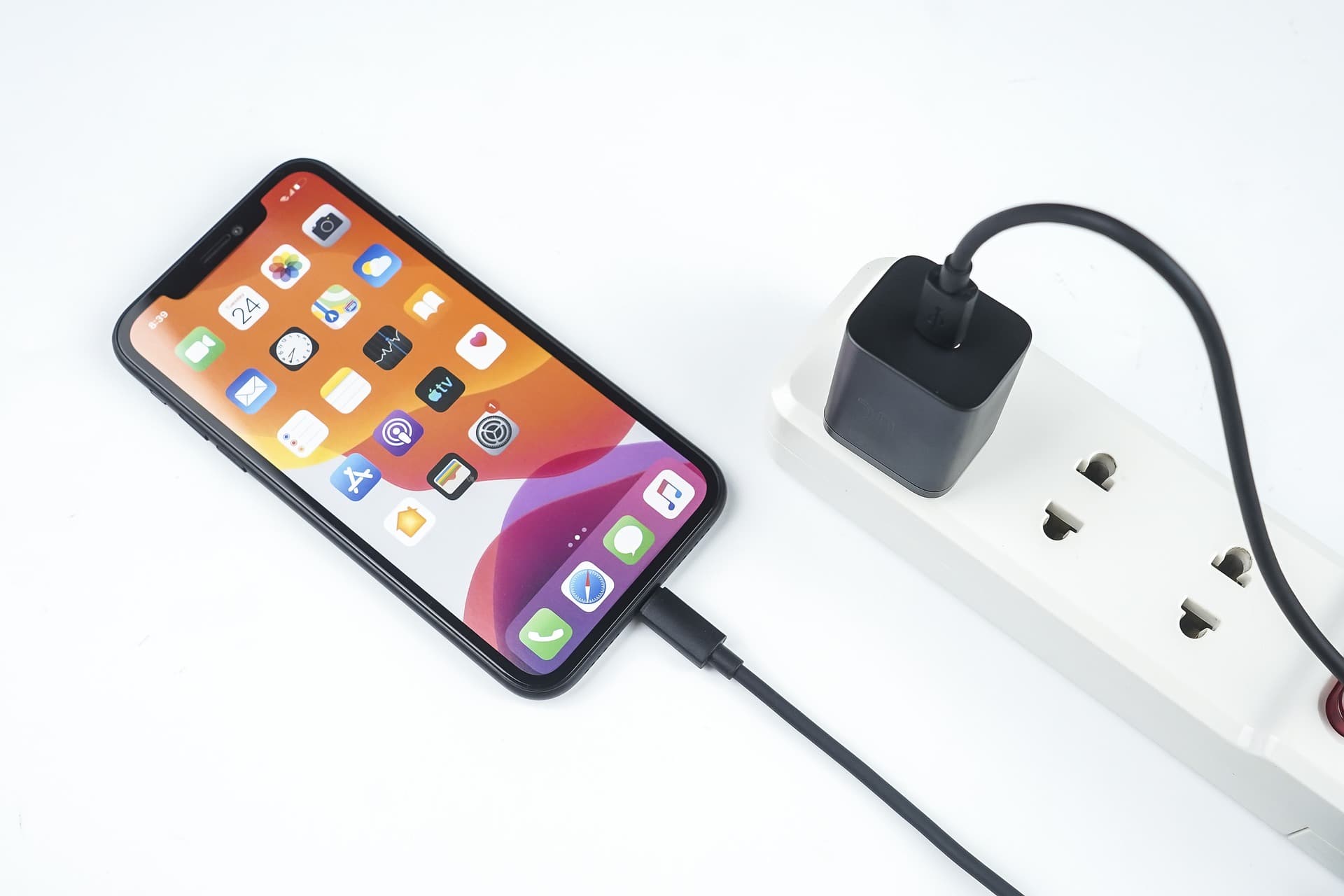
12. Reset all iPhone settings
If you followed the above tips and it continues to happen, go ahead and reset your iPhone settings. Doing this will restore all the settings you have ever changed to their factory values, which may help solve the iPhone restarting problem.
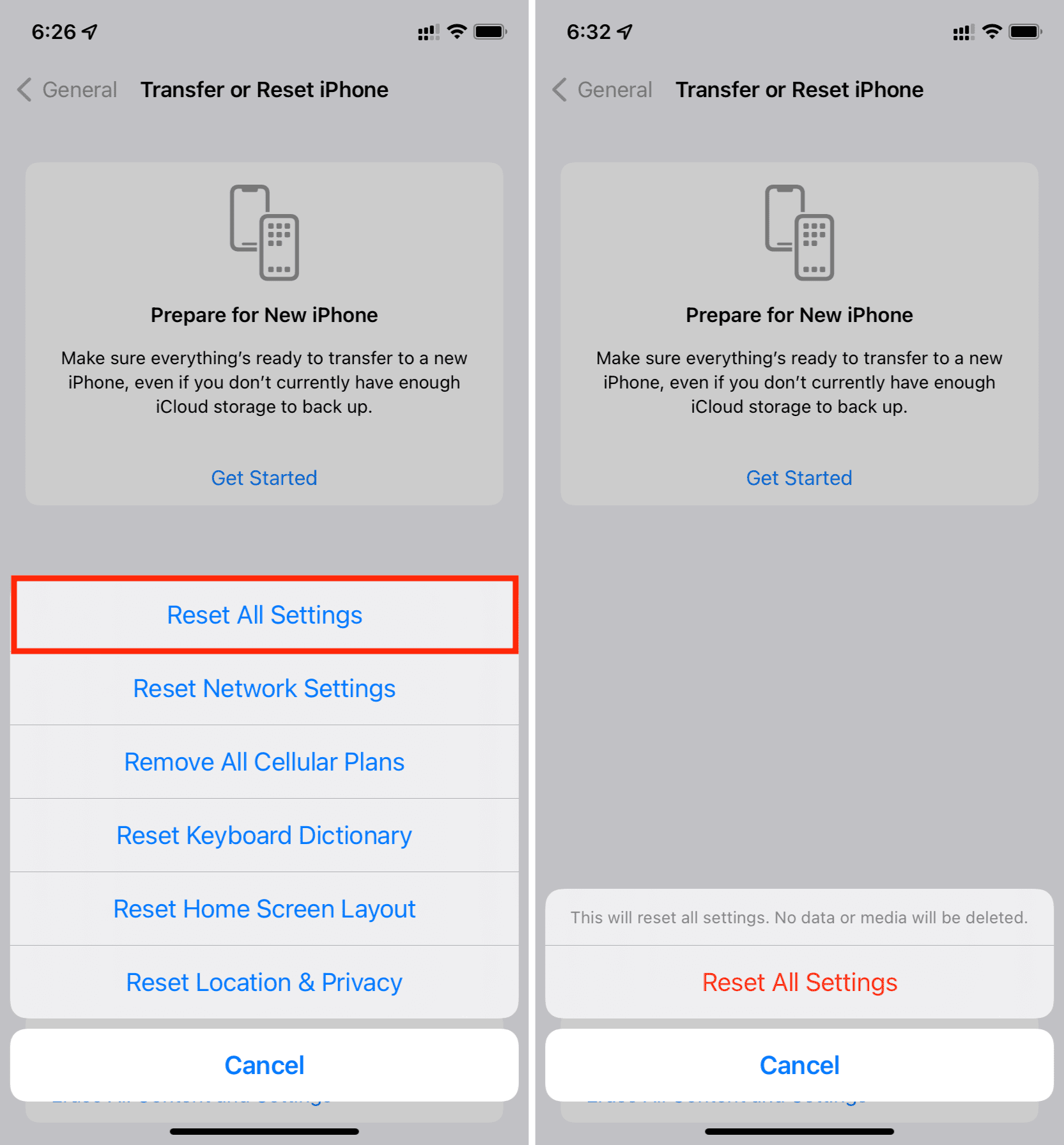
13. Does your iPhone battery need service?
If your iPhone’s battery health is significantly reduced, you’ll see a message inside Settings > Battery > Battery Health & Charging recommending getting it serviced. Swapping the battery for a new one will remove CPU throttling and stop your iPhone from restarting suddenly because the battery couldn’t deliver peak power when needed.
Related: How to understand iPhone battery health and manage CPU throttling
14. Erase and set up your iPhone again
If your iPhone continues to keep restarting after you’ve exhausted all of tips, your only option left could be to erase it and set it up again.
15. Contact Apple Support to fix hardware problems
And if nothing helps, your iPhone may have some sort of hardware damage which causes it to reboot in a loop or restart at unexpected intervals. For example, there might be a loose internal connection or a logic board failure.
The best person to diagnose and fix such problems is an Apple Store technician or someone from an Apple-authorized service center. Apple’s support page enables you to view the nearest service center in your area.
Check out next: